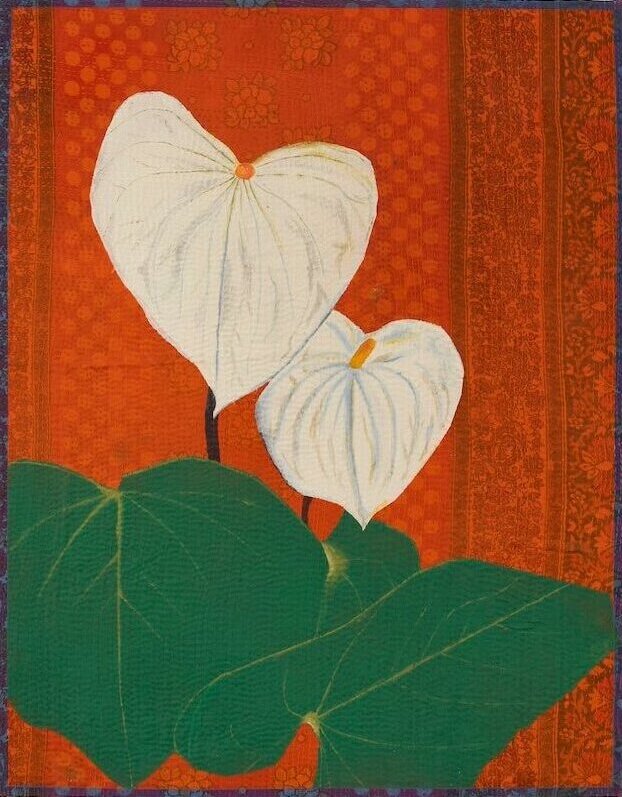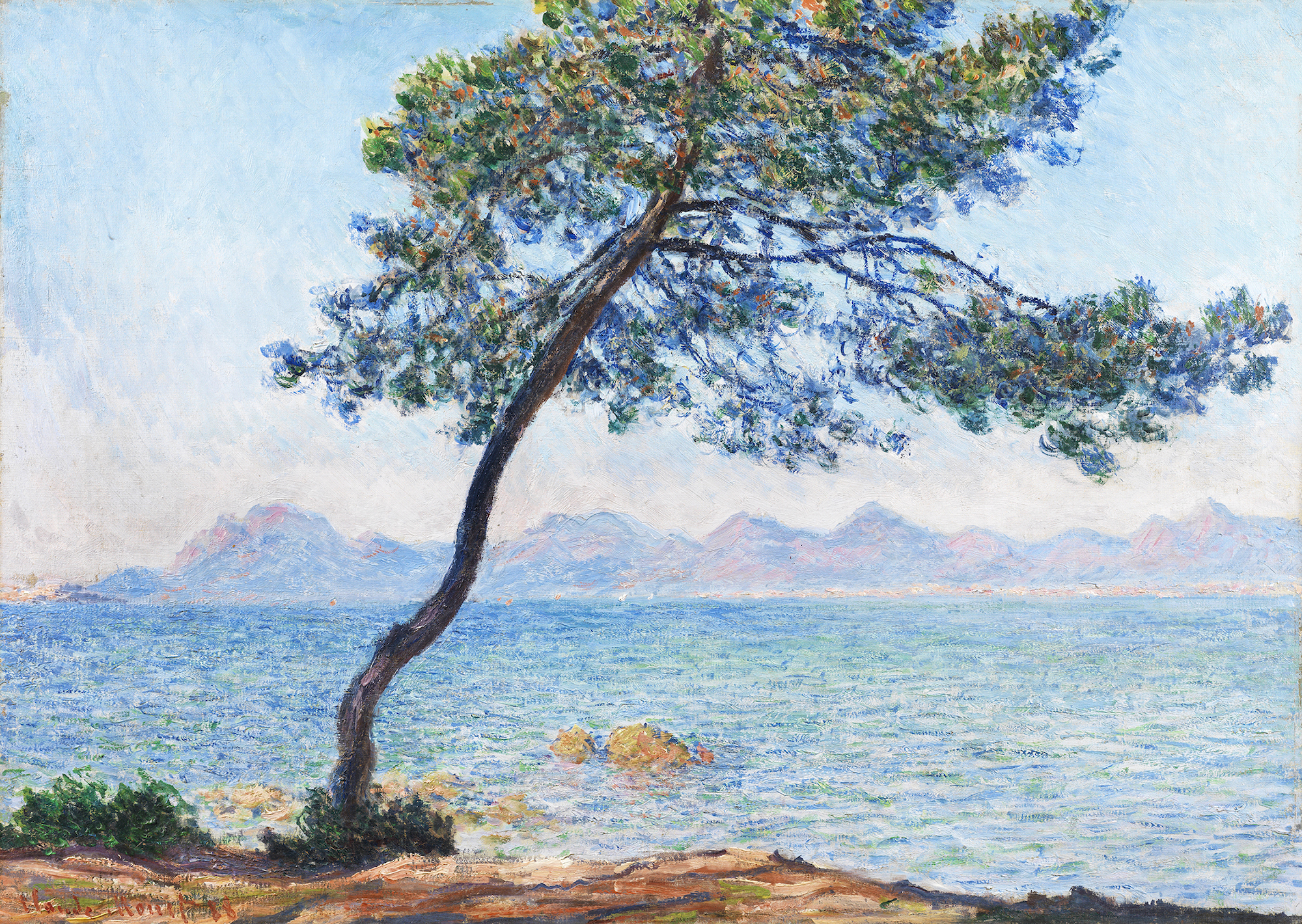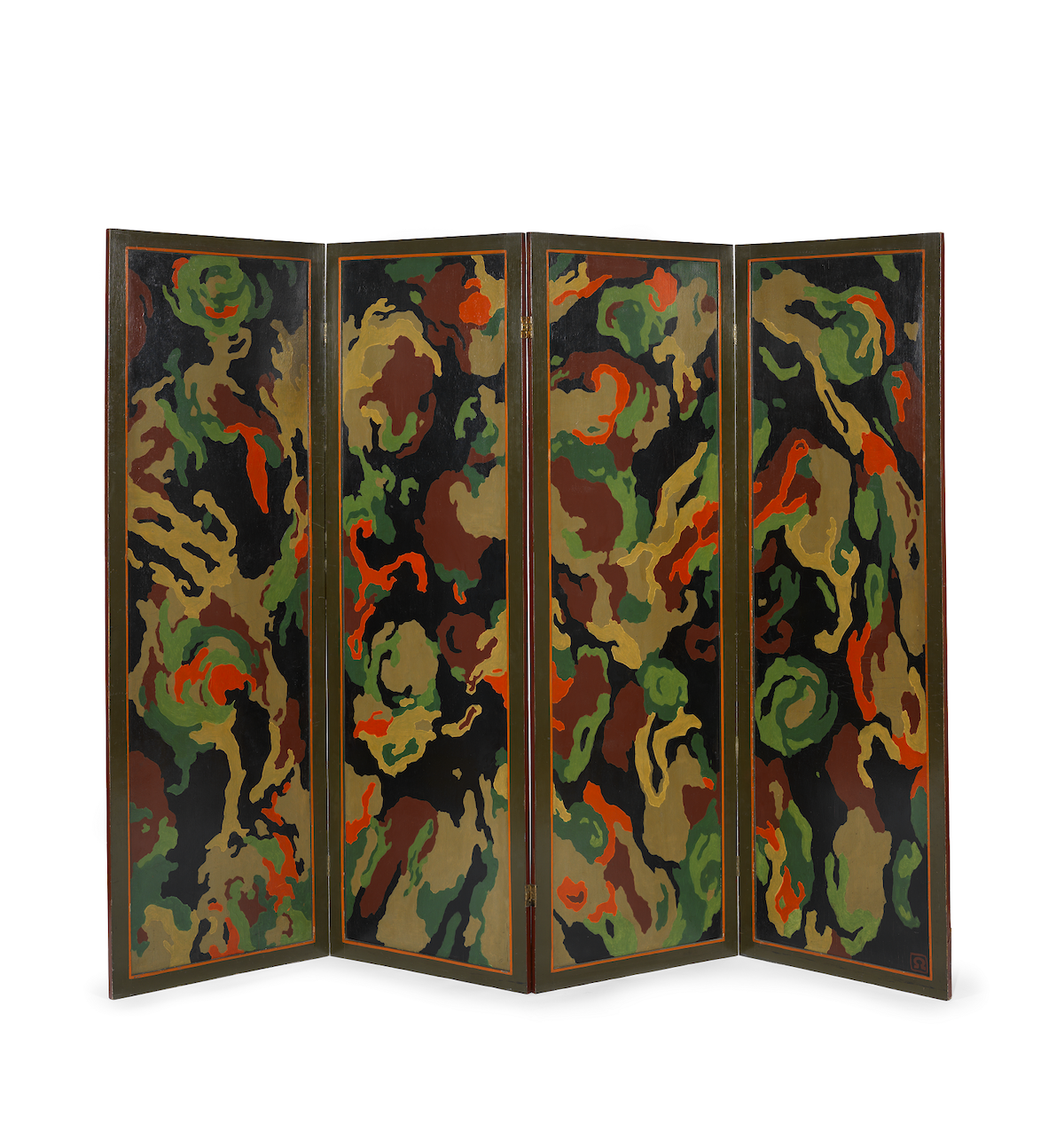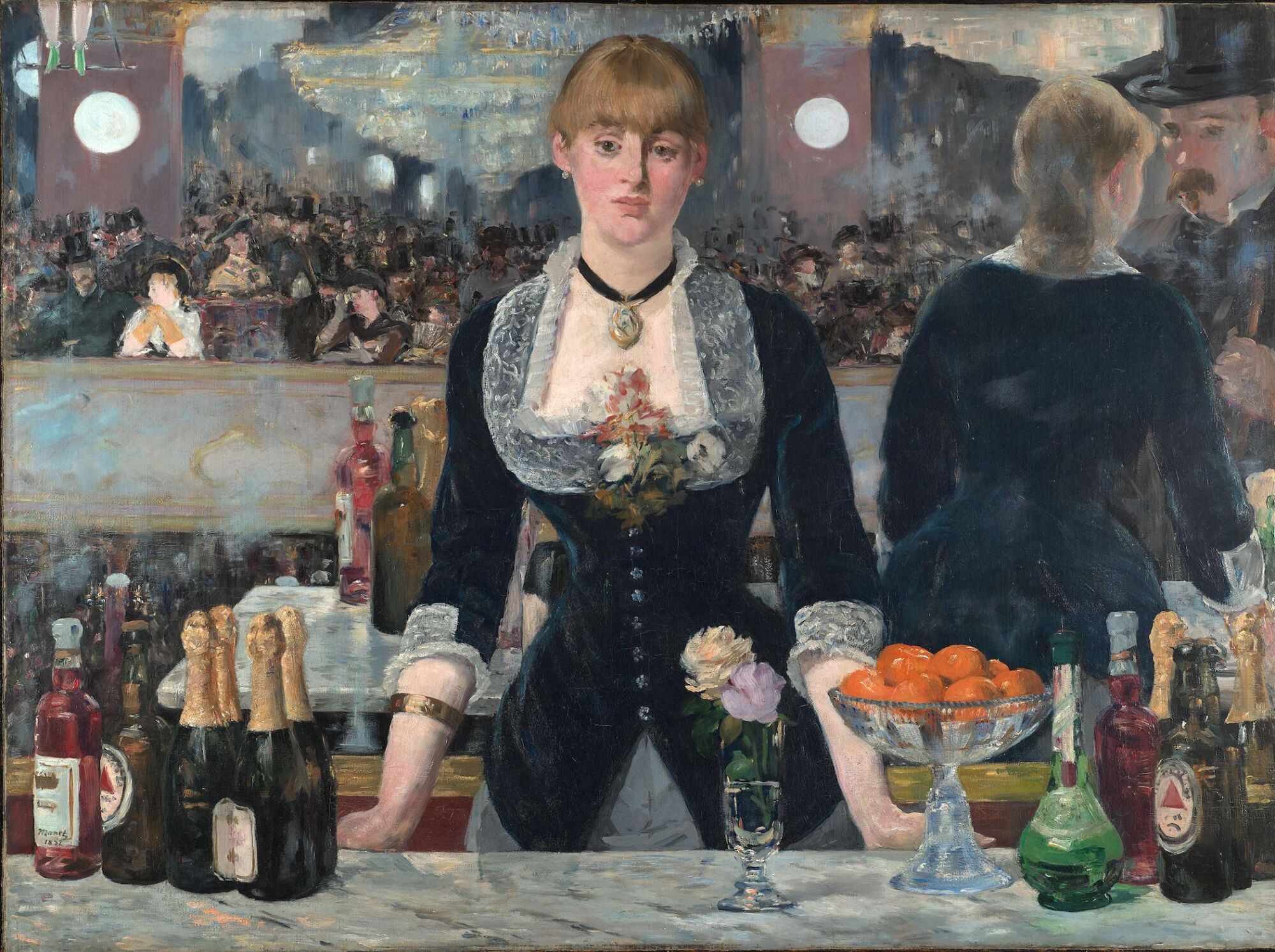
Happenings Chain of Hope at Saatchi Gallery
Happenings


20 November 2021 — 8 May 2022
Victoria & Albert Museum, London
https://www.vam.ac.uk/exhibitions/faberge



19 November 2021, opening times vary
The Courtauld Gallery, Somerset House
https://courtauld.ac.uk/gallery/